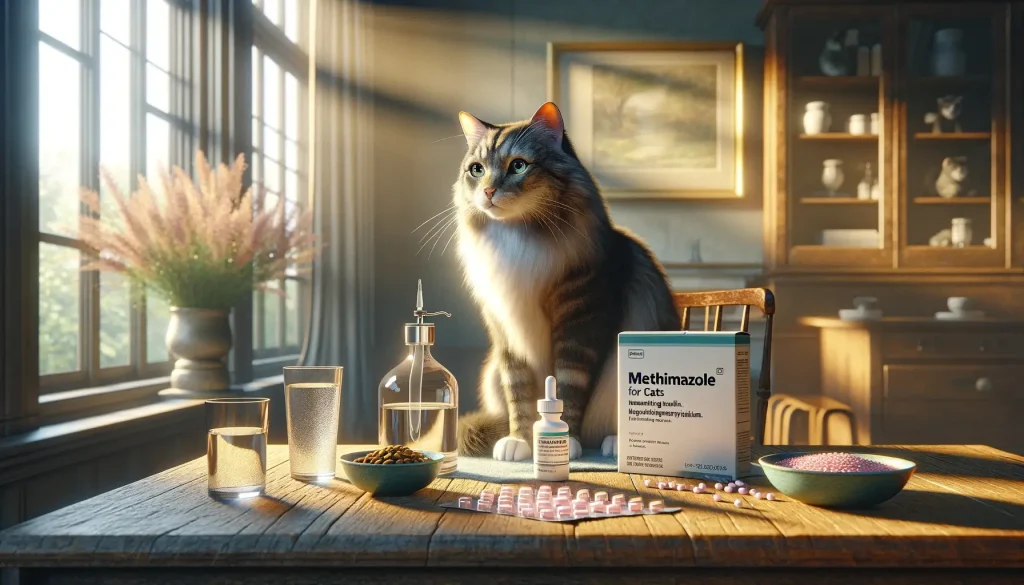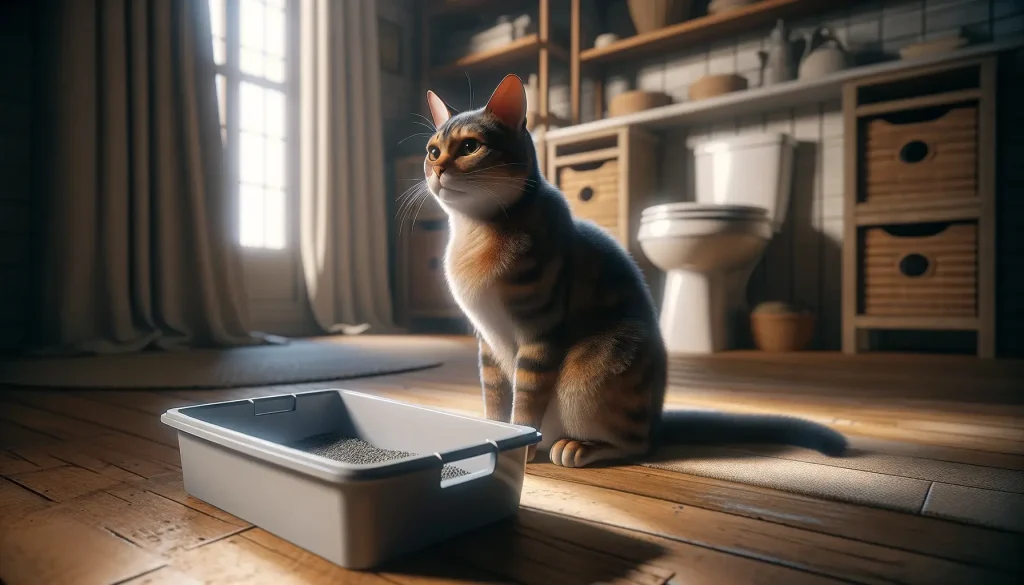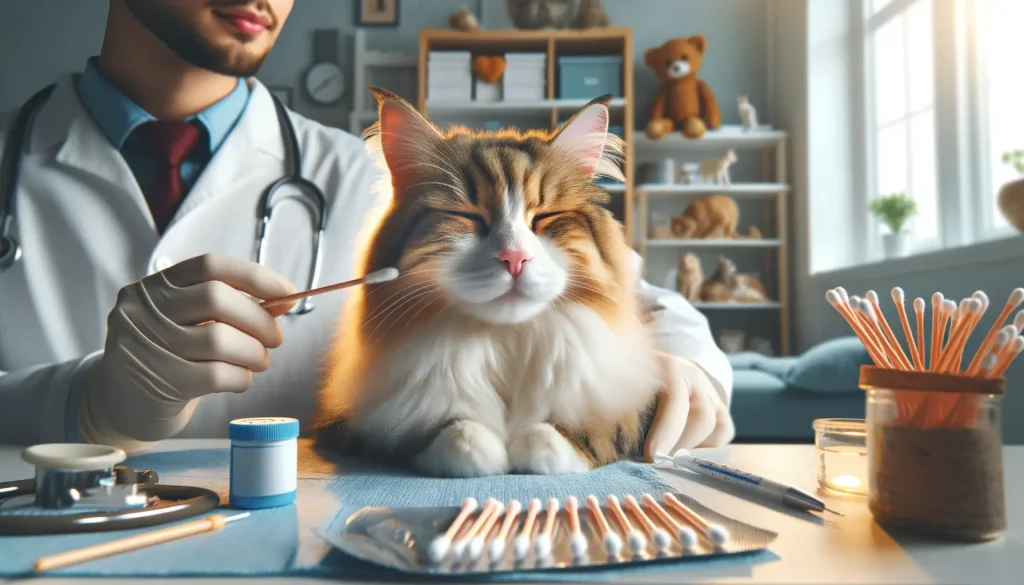
Q-Tip Method Risks for Cats in Heat
When it comes to our beloved feline companions, safeguarding their health and happiness is of utmost importance. Cat owners often encounter the challenge of managing their pet’s heat cycles, leading some to consider unconventional methods like the Q-tip technique. This controversial approach involves simulating mating behavior by inserting a Q-tip into the cat’s vagina, raising significant concerns regarding the welfare and well-being of the animal. It’s imperative to recognize the potential risks associated with such practices and to prioritize seeking humane and professional guidance for addressing a cat’s reproductive needs.
The idea of using a Q-tip in such a manner disregards the importance of prioritizing the safety and comfort of our pets. Consulting a veterinarian about a cat’s heat cycle is the optimum course of action. They may discuss procedures like spaying, a surgical solution that not only ends heat cycles but also prevents unwanted pregnancies. Beyond stopping the heat cycles, spaying reduces the risk of certain health issues and helps control the pet population.
Resorting to unprofessional methods to address a cat’s heat cycle can pose significant risks to the cat’s physical and emotional well-being. Seeking guidance from veterinarians who adhere to the latest advancements in veterinary science and uphold stringent animal welfare standards ensures the optimal care of our cherished pets.
Is attempting a non-professional method worth risking your pet’s health? Let’s delve into why professional vet care stands as the safest approach.
Dangers of DIY Cat Heat Cycle Solutions
Many pet owners find themselves searching for ways to help their cats through their heat cycles. The Q-tip method, known for being a DIY solution, involves simulating mating by inserting a Q-tip into a cat’s vagina. However, this approach overlooks fundamental concerns for the cat’s well-being and health, raising serious questions about its safety and morality.
Information sourced from veterinary experts strongly advises against using the Q-tip method to manage a cat’s reproductive cycle. Not only is it viewed as inhumane, but it also ignores the essence of providing compassionate and professional pet care. The focus should always be on the animal’s welfare, prompting the need for responsible pet ownership and seeking ethical solutions.
When faced with the challenges of a cat in heat, the most sensible answer lies in professional veterinary care. Discussions with a veterinarian can offer insights into medically approved procedures like spaying. Spaying is a surgical intervention where a female cat’s ovaries, and commonly also the uterus, are removed. This procedure not only ends heat cycles but plays a crucial role in preventing unwanted pregnancies, reducing the risk of specific health issues, and assisting in controlling the pet population. More importantly, it aligns with a humane approach to pet care, prioritizing the cat’s health and comfort.

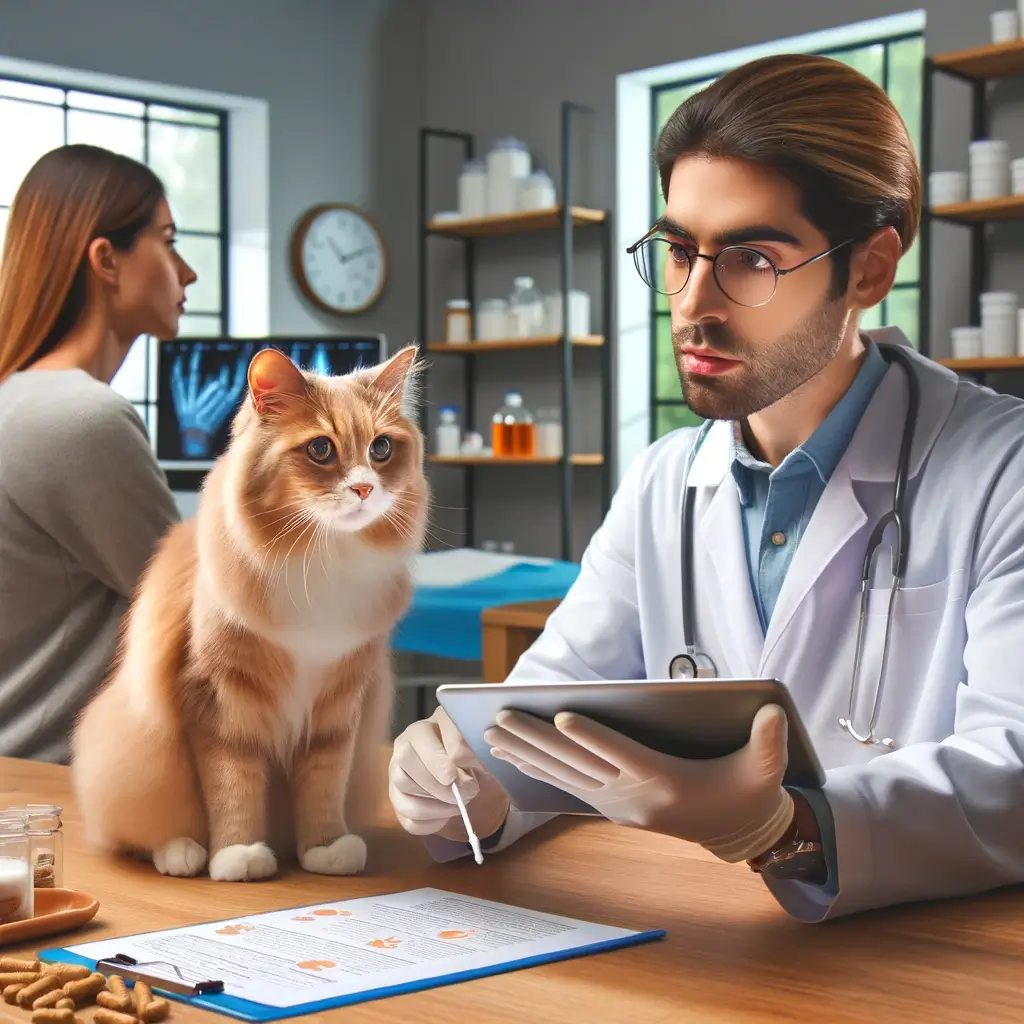
Home Care vs. Vet Care for Cats in Heat
Home care for a cat in heat can involve simple yet effective actions. Creating a calm environment can help. Play and interaction are also key. Engaging with your cat through toys or gentle petting can provide comfort. However, avoid any actions that could be misinterpreted by your cat or could harm her, such as the Q-tip method.
There are instances when a vet visit becomes essential. If your cat appears in distress or you are considering long-term solutions like spaying, professional advice is necessary. Spaying is a safe and permanent solution to end a cat’s heat cycle, preventing unwanted pregnancies and potentially reducing the risk of health issues.
Deciding between home care and a vet visit? Always lean on the side of caution. While there are supportive measures you can take at home, recognizing the importance of professional veterinary care is crucial. A vet can offer tailored advice, discuss the benefits of spaying, and ensure your cat’s health and welfare are prioritized.
Responsible Prevention of Heat Cycles
Questions often arise among pet lovers regarding how to prevent unwanted heat cycles in their feline companions. It’s essential to emphasize the pursuit of safe and responsible solutions in addressing this concern. Seeking professional advice from a veterinarian is paramount, with spaying emerging as the most effective method for managing heat cycles in cats. Instead of resorting to potentially harmful techniques like the Q-tip method, consulting with a veterinarian ensures the well-being of the cat while addressing the issue comprehensively.
Spaying is a surgical procedure that not only ends heat cycles but also offers multiple health benefits. It eliminates the risk of unwanted pregnancies, thereby contributing to the control of the pet population. Additionally, it can reduce the risk of certain health problems in cats, making it a beneficial option for their long-term well-being.
Entrusting the care of pets to veterinary professionals instills a sense of assurance in pet owners. It signifies a commitment to making informed and compassionate decisions for their furry friends. Opting for spaying aligns with stringent animal welfare standards, representing a responsible approach that prioritizes the cat’s health, comfort, and broader societal goals related to pet population management.
Conversational terms and informational terms used in discussions about cat care should always encourage safety, health, and wellness. Prioritizing vet-recommended practices like spaying over controversial and harmful methods is essential for responsible pet ownership.
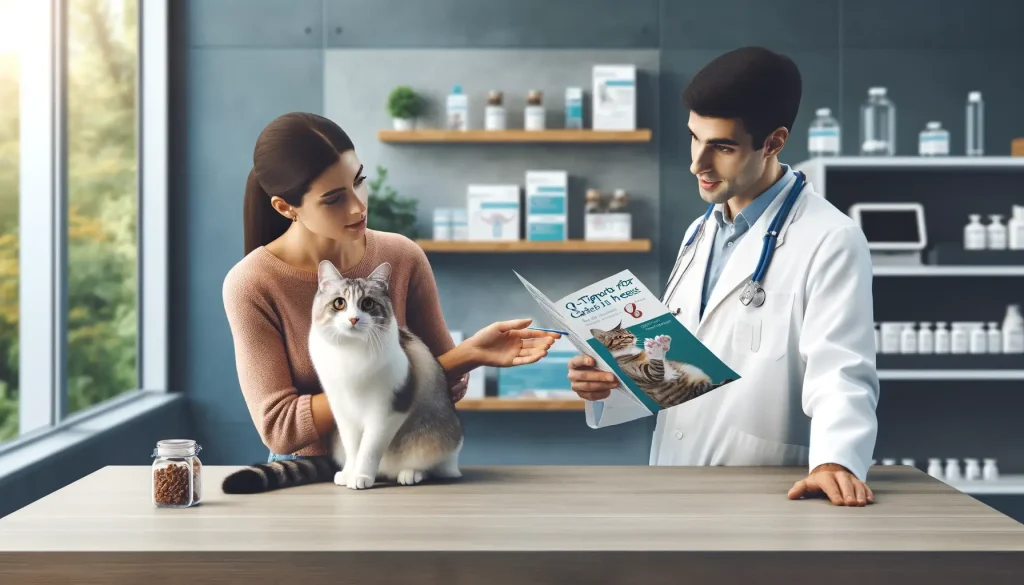
Steps to Healthy Pet Parenting
Healthy pet parenting involves understanding and addressing various aspects of your pet’s well-being, including managing their heat cycles responsibly. When it comes to cats, spaying is often the best course of action, and consulting your veterinarian about it is paramount. Spaying goes beyond simply stopping heat cycles; it demonstrates a commitment to your pet’s overall health and wellness.
Choosing spaying offers your cat a range of health benefits. It prevents unwanted pregnancies, thus, playing a significant role in controlling the pet population. More so, it reduces the risk of certain health issues that can arise in unspayed cats. This surgical solution keeps your cat healthier and can even extend her lifespan.
When you choose spaying, you are opting for a method that aligns with the highest animal welfare standards. It’s a humane and professional approach recommended by veterinarians. Spaying ensures that your cat won’t have to go through the stress of heat cycles, providing comfort for both your pet and your family.
It’s important to note that while spaying is highly recommended, it is a surgical procedure that requires proper veterinary care. This includes a thorough consultation with your vet, understanding the pre-surgical and post-surgical care, and ensuring your cat’s safety throughout the process.
Conversations with your veterinarian can offer deeper insights into the benefits of spaying. These discussions are vital, providing pet owners with the information they need to make informed, compassionate decisions for their cats. Opting for surgery under the guidance of a professional ensures the well-being of your pet and is a responsible step towards managing pet population control efficiently.
Beginner Guide to Raising Quail at Home
What are the Signs of a Dog Concussion?
What Causes Your Dog’s Ears to Smell Bad?
When your dog’s ears start to emit an unpleasant odor, it might leave you puzzled…
Methimazole Treatment for Cat Hyperthyroidism
Methimazole plays a crucial role in managing feline hyperthyroidism, a condition marked by an overactive…
Got Hummingbirds in your Backyard? Here’s How to Care for Them.
Why Does Your Cat Pee Outside the Litter Box?
Cat’s Litter Box Issues It’s not uncommon for cat owners to face the frustrating dilemma…



